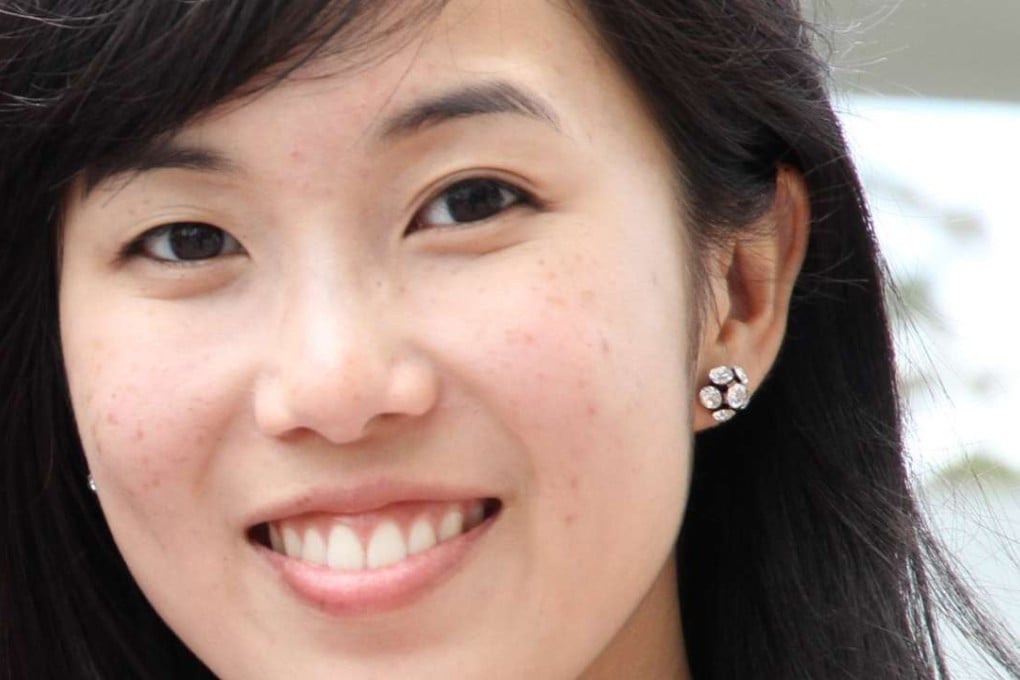The 25-year-old Malaysian Chinese who may have just solved the superbug problem

She is all of 25 and may have already made one of the most significant discoveries of our time.
Scientists in Australia this week took a quantum leap in the war on superbugs, developing a chain of star-shaped polymer molecules that can destroy antibiotic-resistant bacteria without hurting healthy cells. And the star of the show is 25-year-old Shu Lam, a Malaysian-Chinese PhD candidate at the University of Melbourne, who has developed the polymer chain in the course of her thesis research in antimicrobials and superbugs.
A polymer is a large molecule composed of several similar subunits bonded together. Polymers can be used to attack superbugs physically, unlike antibiotics that attempt to kill these bugs chemically and killing nearby healthy cells in the process.
“I’ve spent the past three and a half years researching polymers and looking at how they can be used to kill antibiotic resistant bacteria,” or superbugs, she told This Week in Asia, adding the star-shaped polymers work by tearing into the surface membrane of the bacteria, triggering the cell to kill itself.
Using the polymer, bacteria doesn’t exhibit the same resistance as it does to antibiotics and can still be killed after multiple generations of mutations, Lam’s PhD supervisor Professor Greg Qiao said.